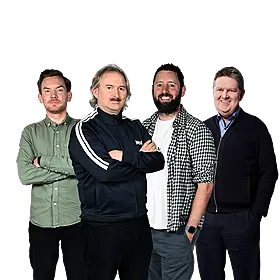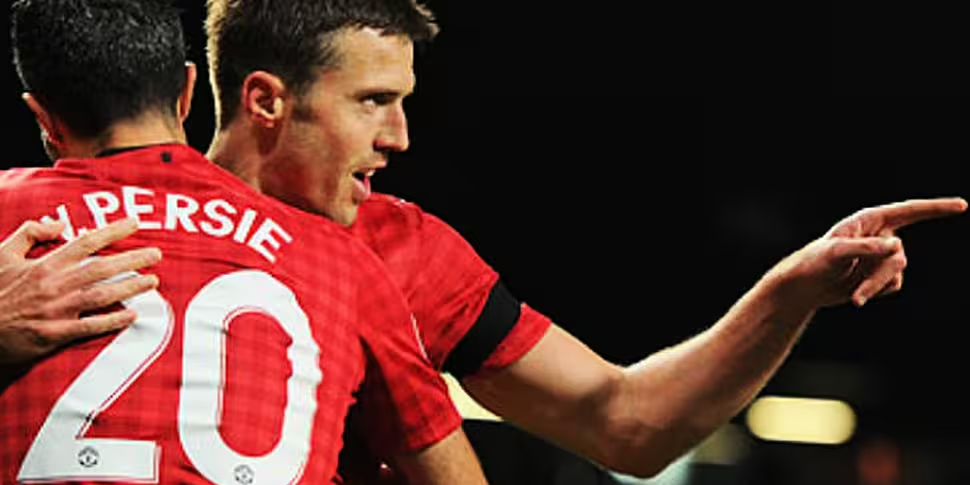Safe in the knowledge that yet another Premier League title has been secured, Alex Ferguson would likely have spent Tuesday and Wednesday night eagerly watching the Champions League semi-final first legs as they unfolded.
The epoch-defining clash between Bayern Munich and Barcelona would certainly have garnered special attention.
Here was the team whose passing “carousel” had confused United into submission in two Champions League finals, being physically and tactically mauled by Europe’s rising power.
Ferguson has indicated that two Champions League triumphs during two decades of domestic dominance is a poor return. And he is correct.
But how can he take his squad to that next level where they can regularly compete on an equal footing with the likes of Barcelona, Bayern Munich and Real Madrid?
He will know more than anyone else that it is tactically distinct from the manner in which the Premier League is won.
Although it can be argued that the Premier League is competitive to a degree, clubs of United’s stature deal with the league’s mid-table also–rans with relative comfort.
The Champions League is a completely different proposition where even the lesser clubs from less celebrated leagues are tactically and technically superior to the big-spending cannon fodder in England. And the Reds have not looked vastly superior to teams like Braga, CFR Cluj or Galtasaray in this season’s group stages, particularly in the midfield sphere.
Midfield balance
But tactically-speaking midfield and its relationship with the full-back positions is the key to succeeding in Europe since Barcelona’s 2009 triumph ushered a sea change from the pace and physicality that characterised the Premier League’s brief era of dominance.
Regardless of Michael Carrick and co’s domestic superiority in the central of the park – at least against the weaker sides – they are no match for the likes of Bastian Schweinsteiger, Javi Martinez, Xabi Alonso, Xavi Hernandez and Sergio Busquets on a tactical or technical level.
United have been linked to midfielders like Luka Modric and Yohan Cabaye. But whether they are capable of taking the club to the next level is open to question.
But it is also a question of balance as much as personnel. United’s 2008 Champions League was much more balanced than the current crop.
Behind a potent front three of Cristiano Ronaldo, Wayne Rooney and Carlos Tevez, the team that started against Chelsea in that season’s Moscow final contained a midfield of Paul Scholes, Michael Carrick and Owen Hargreaves – a blend of vision, technical ability and energy in the latter’s case, the current United midfield falls some way short in that regard.
This summer will be pivotal on the recruitment front. Finding an energetic yet technically astute partner for Carrick – the declining Anderson is not the answer - will be crucial, while exploring a formula to play a variation of 4-2-3-1 or 4-3-3 effectively may well be on the agenda. The important signing of Shinji Kagawa last summer to play at the point of the midfield suggests that United’ future midfield will line out in a similar fashion.
But also the use of concerted pressing – something which Bayern Munich and Borussia Dortmund have in common and Barcelona utilized to great effect under Pep Guardiola – appears to be a trend worth exploring for Ferguson and other Premier League managers.









